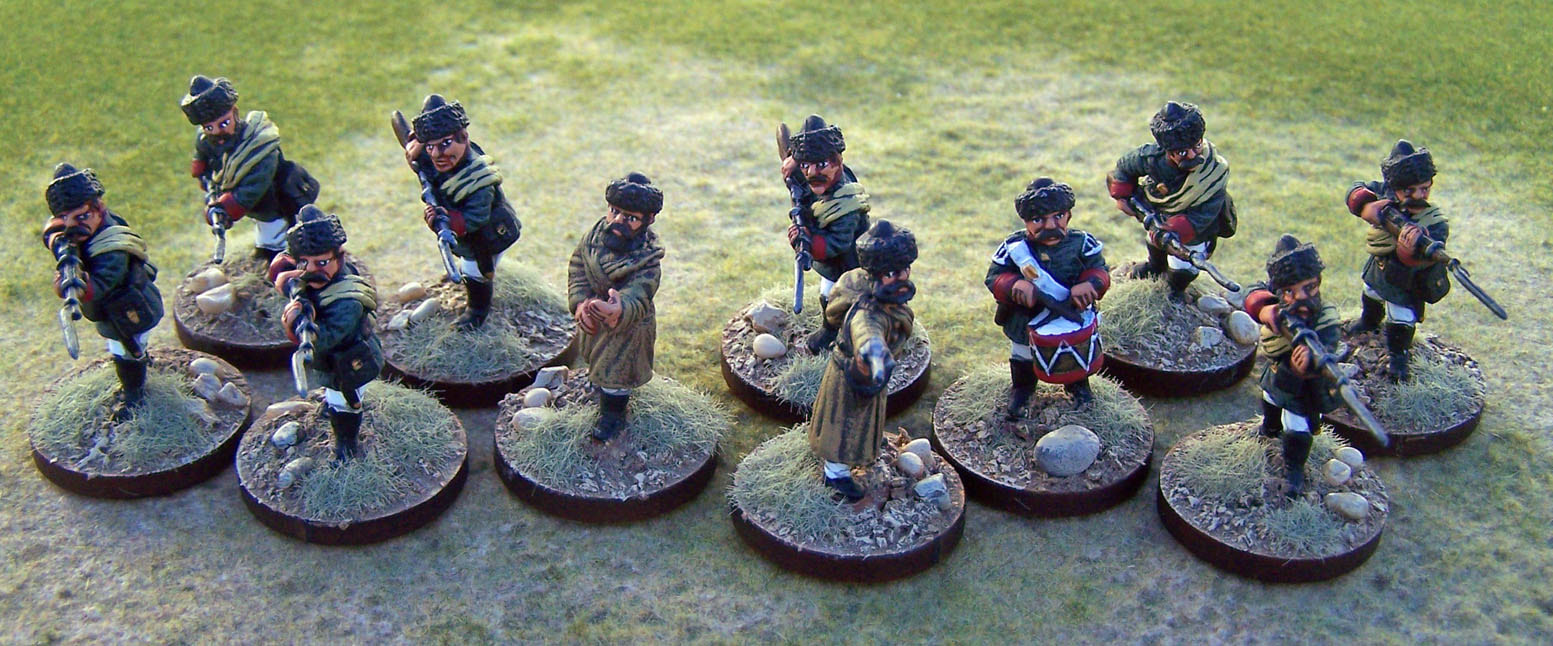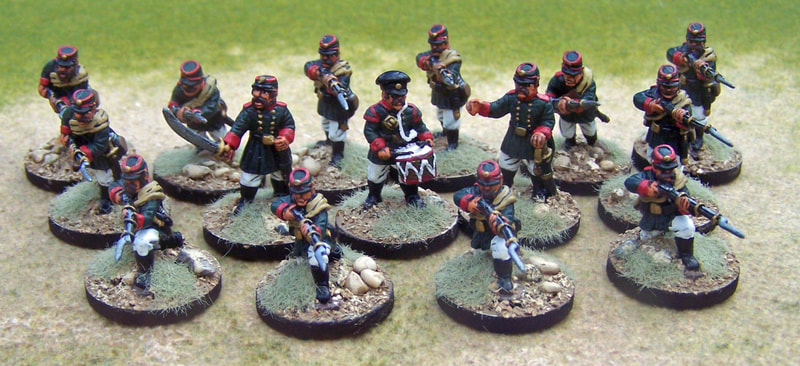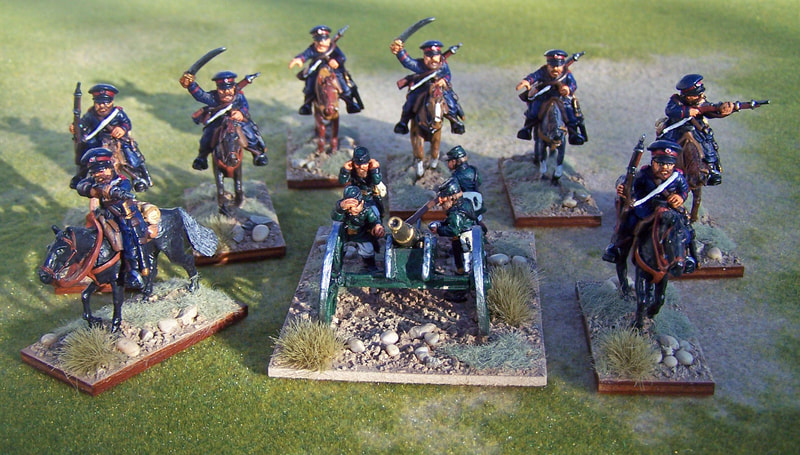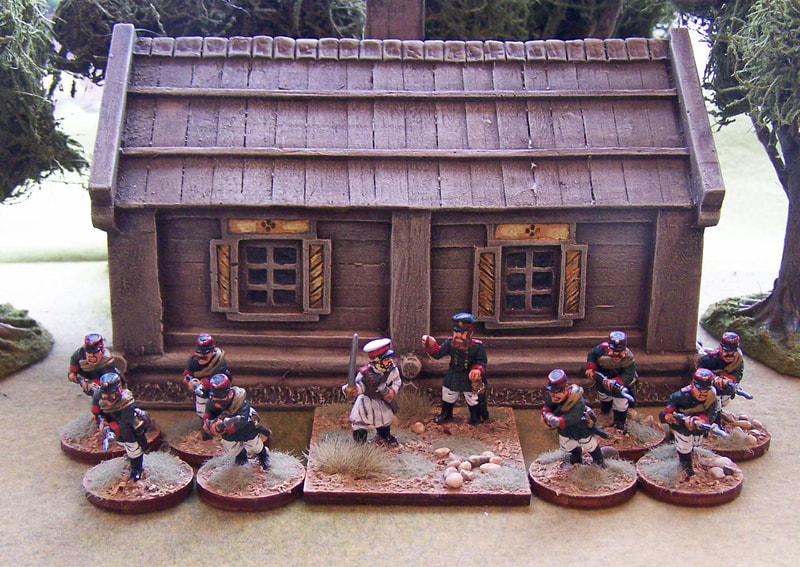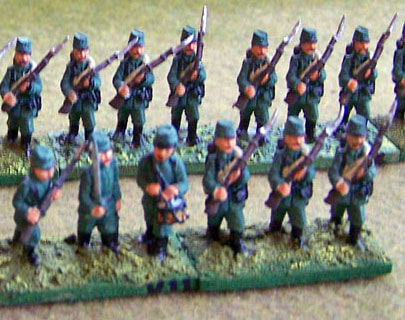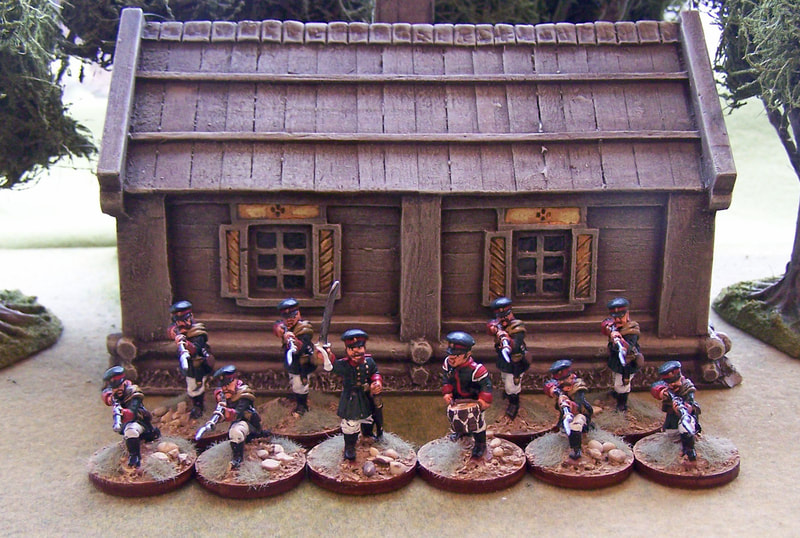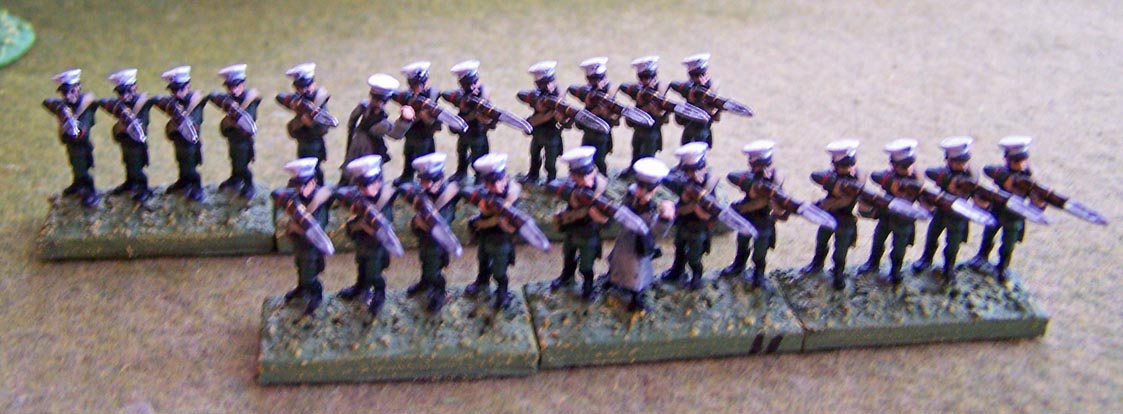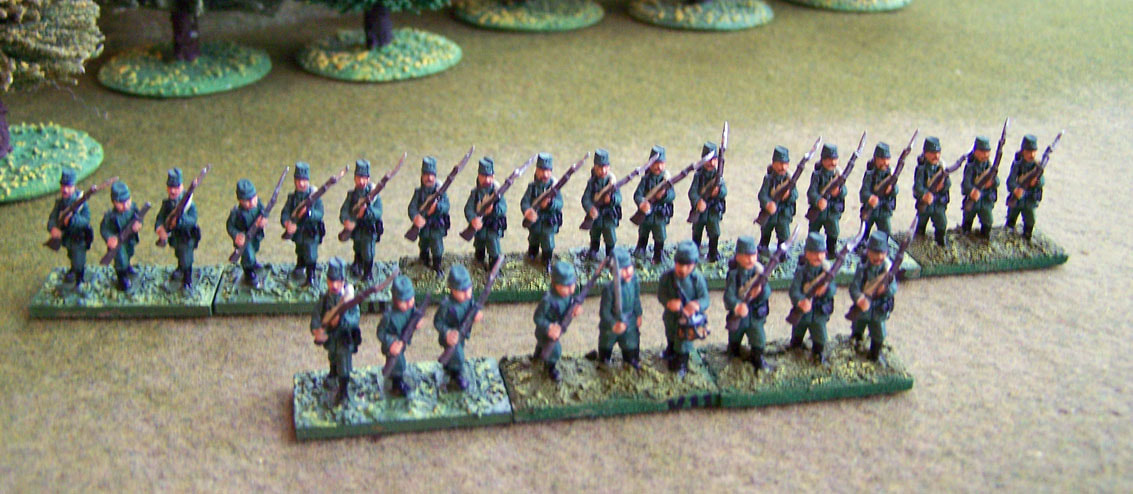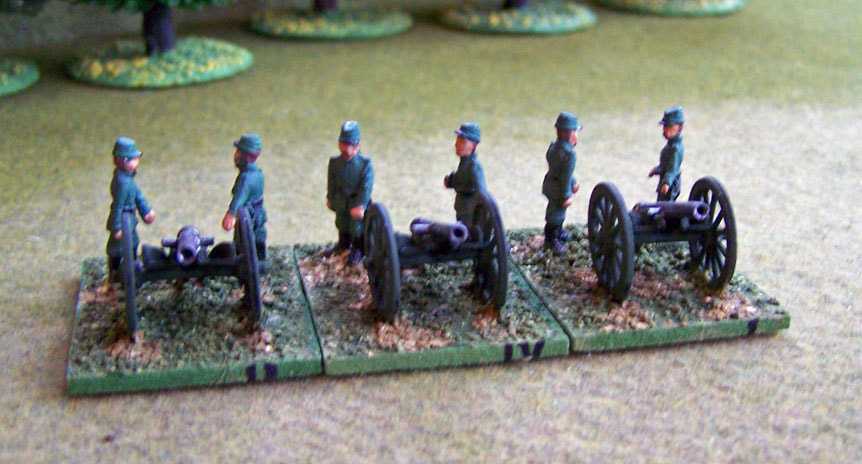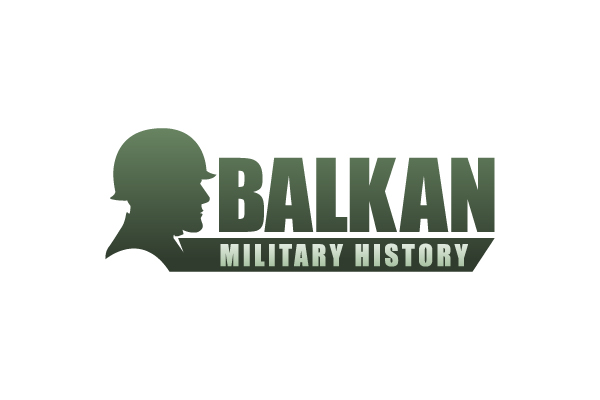- Home
- About
-
Travel
-
Features
- Dyrrachion1081
- Normans in the Balkans
- Manolada 1316
- Kosovo 1389
- Castles on the Danube
- Late Medieval Bosnian Army
- Doboj 1415
- Wallachian and Moldovan troops of the Napoleonic wars
- Anchialos 917
- Slovenian Borderlands
- The Zadruga and the Military Border
- Cretan War in the Adriatic
- Salonika 1916
- Uskoks of Senj
- Siege of Klis 1537
- Eugene in the Balkans
- Moldavian Surprise 1711
- Austro-Turkish War 1737-9
- Militargrenze
- Invading Ottoman Turkey
- Siege of Ragusa 1814
- Russo-Turkish War 1806-12
- Serbian Uprising 1815
- Ali Pasha
- Ottoman Army 1826
- Aleksinac 1876
- Shipka Pass
- Slivnitsa 1885
- Romanian Army 1878
- Austrian forts 19thC
- Kumanovo 1912
- Catalca Lines
- Adrianople 1912-13
- Kajmakcalan 1916
- The other 1918 campaign
- Macedonia air war WW1
- War of the Stray Dog
- Royal Yugoslavian armed forces
- Blunder in the Mountains
- Romanian SS
- Gebirgsjager in the Balkans
- Knights Move 1944
- Vis during WW2
- HLI in the Adriatic
- Adriatic Cruel Seas
- Dalmatian Bridgehead
- Cyprus 1974
- Transnistrian War
- Ottoman Navy Napoleonic wars
- Medieval Balkans
- Balkan lockdown quiz >
- Reviews
-
Armies
- Ancient Greeks
- Pyrrhic army of Epirus
- Dacian wars
- Goths
- Late Roman
- Comnenan Byzantine Army
- Normans
- Serbian medieval
- Albanian medieval
- Wallachian medieval
- Bosnian Medieval
- Catalan Company
- Polish 17C
- Austrian Imperialist
- Ottoman
- Austrian 18thC
- Russian Early 18thC
- Ottoman Napoleonic
- Greek Revolution
- 1848 Hungarian Revolution
- Russian Crimean war
- Romanian Army of 1877
- Ottoman 1877
- Russian 1877
- Balkan Wars 1912-13
- Macedonia WW1
- Greece WW2
- Italian Army WW2
- Gebirgsjager WW2
- Hungary WW2
- Turkey WW2
- Soviet Union WW2
- Bulgaria WW2
- Turkish Korean War Brigade
- Balkan Wars 1990s
- Links
- Books
Russian Army of the Russo-Turkish War 1877
The Russo Turkish War of 1877-78 began on 24 April 1877. Fuelled by the Pan-Slavic movement Russia sought to ‘liberate’ the Balkans from Ottoman rule. The savage repression of uprisings in Bosnia and Bulgaria followed by Ottoman success in the 1876 Serbo-Turkish War, left the Turks with few international allies.
The Russian plan was to pass through ‘neutral’ Romania, cross the Danube upriver from the Turkish fortresses and then cross the Balkan mountains to Adrianople and on to the Turkish capital Constantinople. The Russian Army of the South consisted of four corps, supplemented in May by three more corps. No accurate records exist of Turkish forces and estimates vary from 186,000 to 250,000 men. The campaign began well for the Russians. By July four Russian corps had crossed the Danube and were pressing Nikopolis and Rushchuk. However, this early initiative was brought to a sudden halt. The Russian advance on Rushchuk was effectively resisted on the River Lom by Mehmet Ali and Osman Pasha force-marched 11,000 troops to hold Plevna. This town close to the Russian lines of communication to the Balkan passes became the key to the campaign. For 143 days outnumbered Turkish forces repeatedly resisted Russian assaults on the town before surrendering on 10 December. Unfortunately for Osman Pasha, divisions among the other Turkish commanders hindered an effective and co-ordinated relief effort.
The Russians supported by the Romanian army and Bulgarian volunteers crossed the Balkan Mountains aided by the capture of Shipka Pass by an advance guard led by Gourko. They advanced on Istanbul before a concerted effort by the great powers brokered a peace settlement.
The Russian infantry were generally armed with the outdated Krenk rifle. Guards and rifle battalions had the more modern Berdan. Infantry Divisions had two brigades of two, three battalion regiments. The paper strength of a battalion was around 1000 men. Cavalry divisions also had two brigades of two regiments. A cavalry regiment had around 750 men. The artillery had older bronze Krupp guns. For uniforms see below or at the visimperica site.
My collection includes 28mm figures from the Outpost Miniatures range. And 15mm figures from Awesome Enterprises and Pioneer miniatures.
The Russian plan was to pass through ‘neutral’ Romania, cross the Danube upriver from the Turkish fortresses and then cross the Balkan mountains to Adrianople and on to the Turkish capital Constantinople. The Russian Army of the South consisted of four corps, supplemented in May by three more corps. No accurate records exist of Turkish forces and estimates vary from 186,000 to 250,000 men. The campaign began well for the Russians. By July four Russian corps had crossed the Danube and were pressing Nikopolis and Rushchuk. However, this early initiative was brought to a sudden halt. The Russian advance on Rushchuk was effectively resisted on the River Lom by Mehmet Ali and Osman Pasha force-marched 11,000 troops to hold Plevna. This town close to the Russian lines of communication to the Balkan passes became the key to the campaign. For 143 days outnumbered Turkish forces repeatedly resisted Russian assaults on the town before surrendering on 10 December. Unfortunately for Osman Pasha, divisions among the other Turkish commanders hindered an effective and co-ordinated relief effort.
The Russians supported by the Romanian army and Bulgarian volunteers crossed the Balkan Mountains aided by the capture of Shipka Pass by an advance guard led by Gourko. They advanced on Istanbul before a concerted effort by the great powers brokered a peace settlement.
The Russian infantry were generally armed with the outdated Krenk rifle. Guards and rifle battalions had the more modern Berdan. Infantry Divisions had two brigades of two, three battalion regiments. The paper strength of a battalion was around 1000 men. Cavalry divisions also had two brigades of two regiments. A cavalry regiment had around 750 men. The artillery had older bronze Krupp guns. For uniforms see below or at the visimperica site.
My collection includes 28mm figures from the Outpost Miniatures range. And 15mm figures from Awesome Enterprises and Pioneer miniatures.
Further Reading
Ian Drury - Russo-Turkish War 1877 - Osprey MAA 277
Quintin Barry - War in the East - Helion
Ian Drury - Russo-Turkish War 1877 - Osprey MAA 277
Quintin Barry - War in the East - Helion
